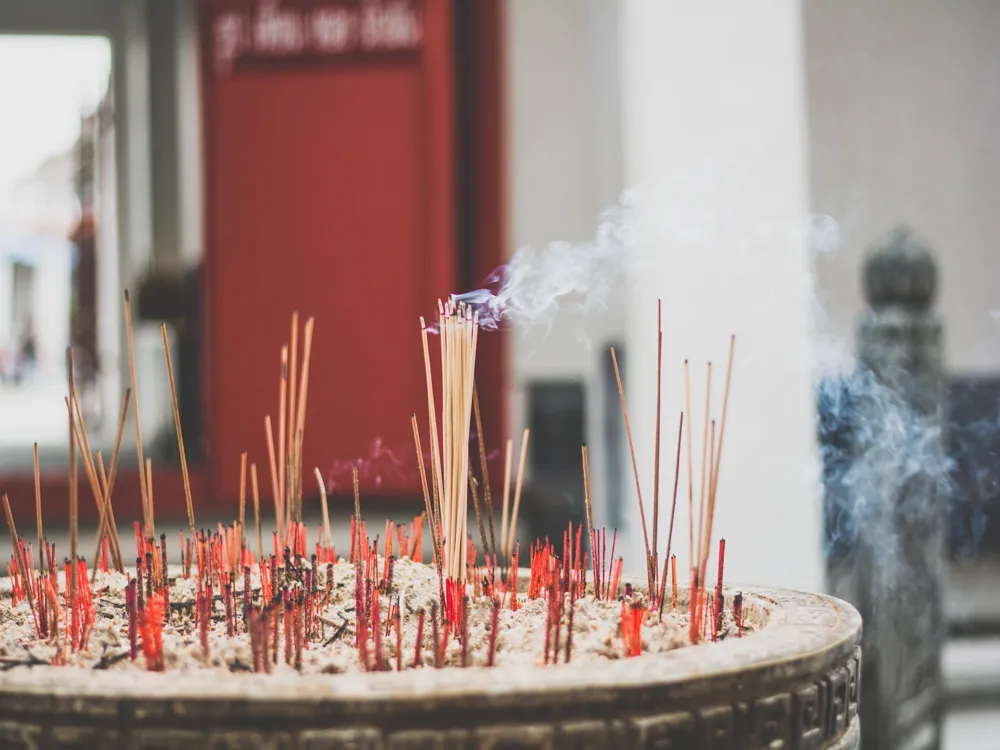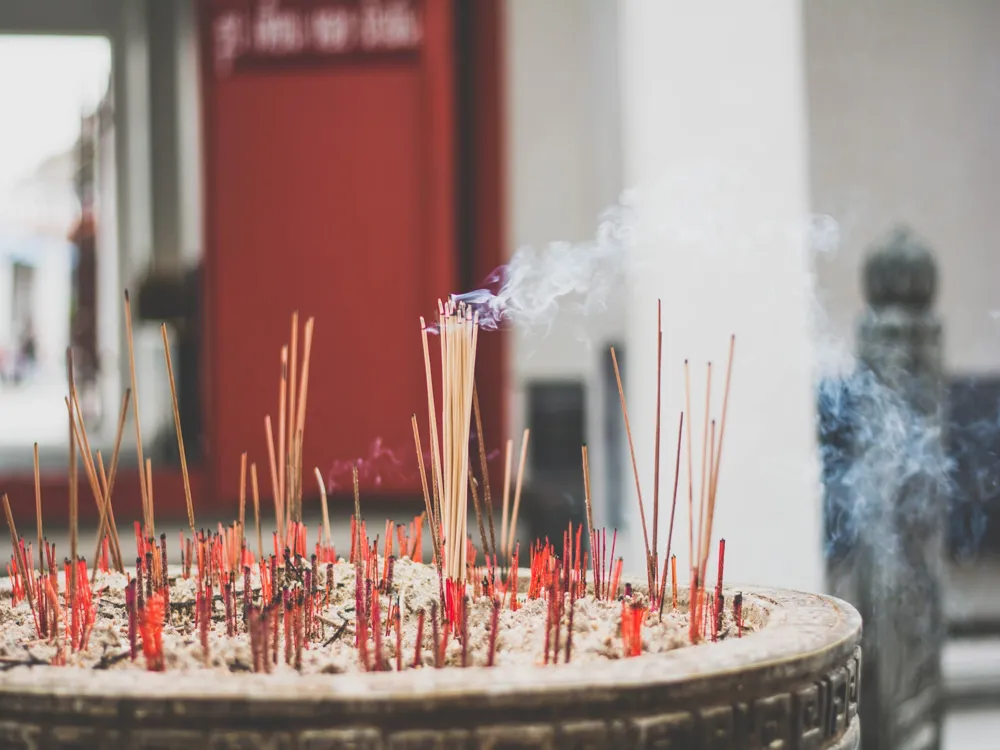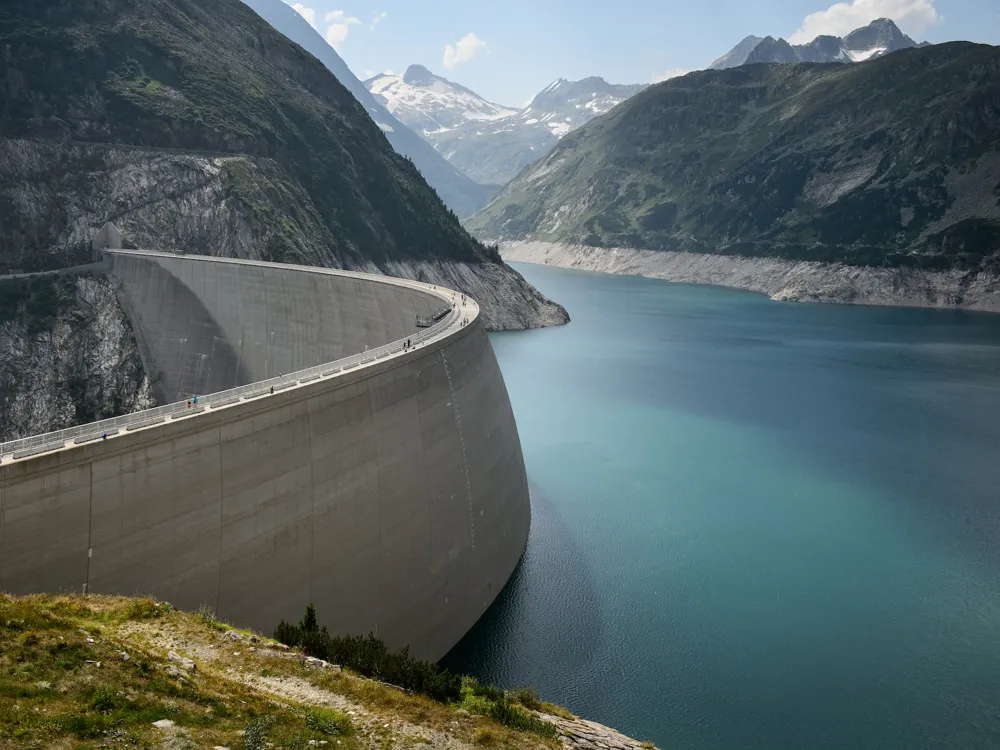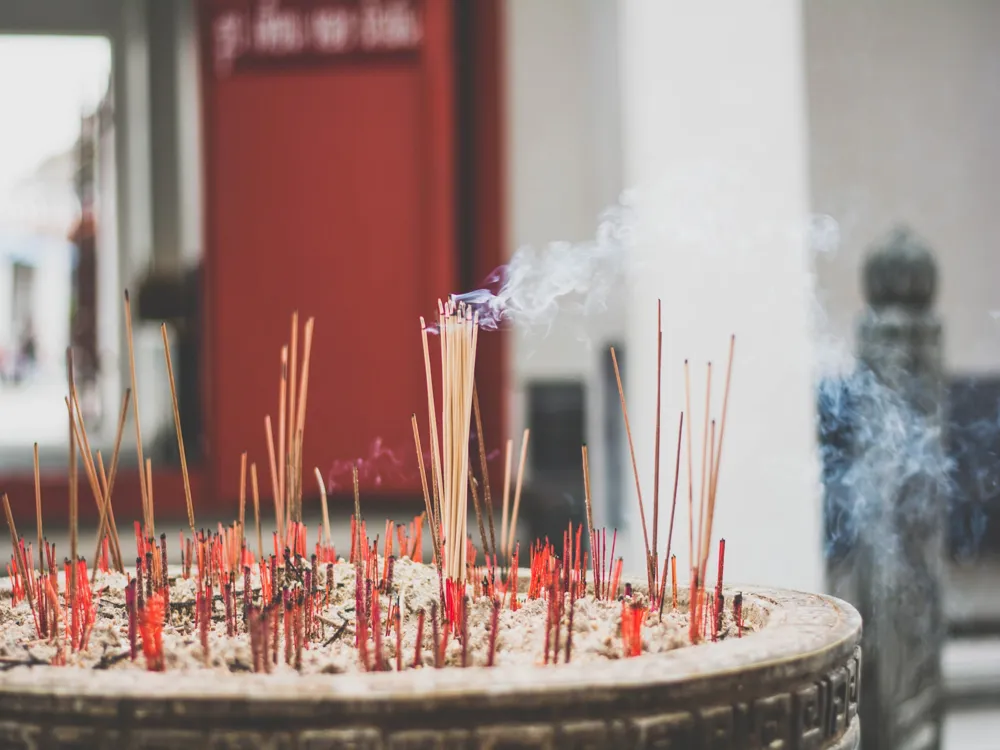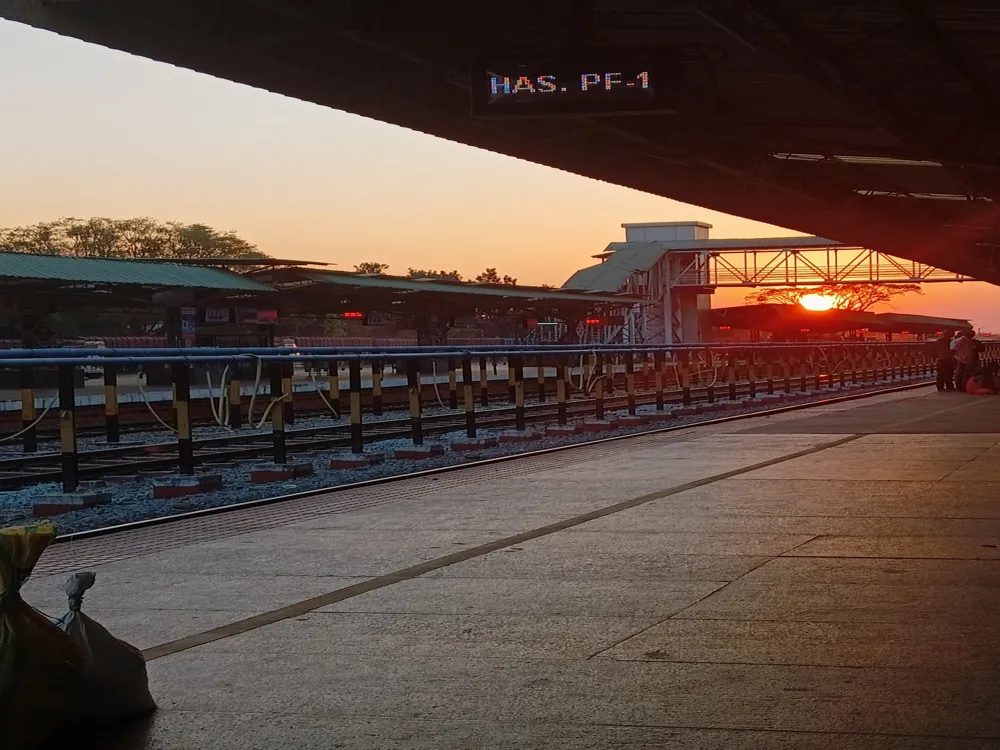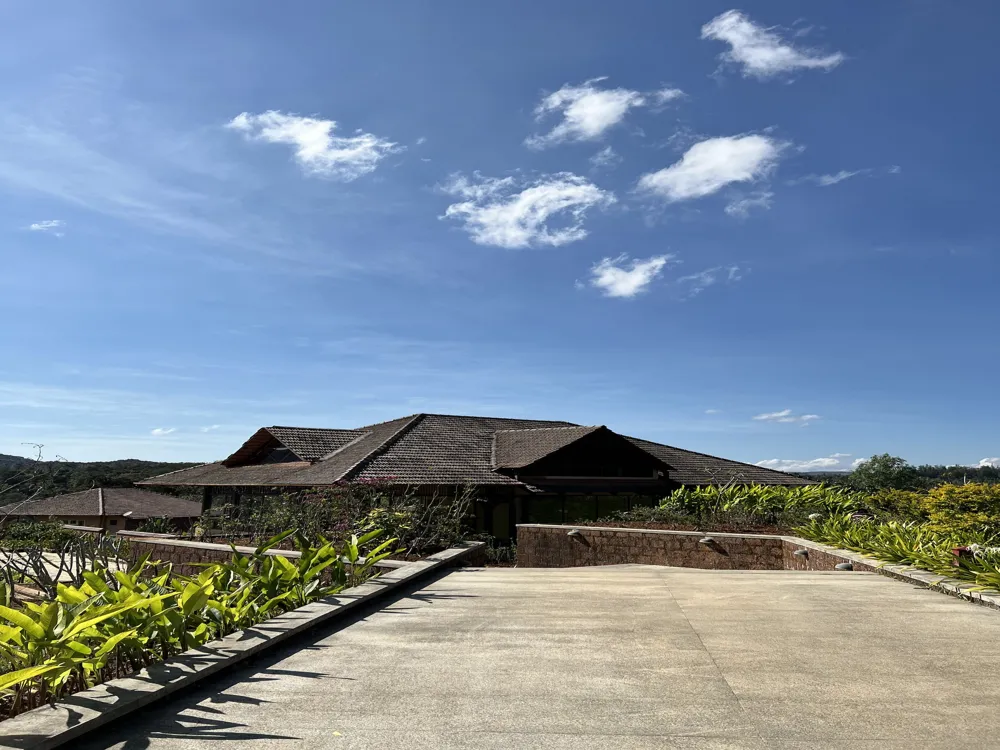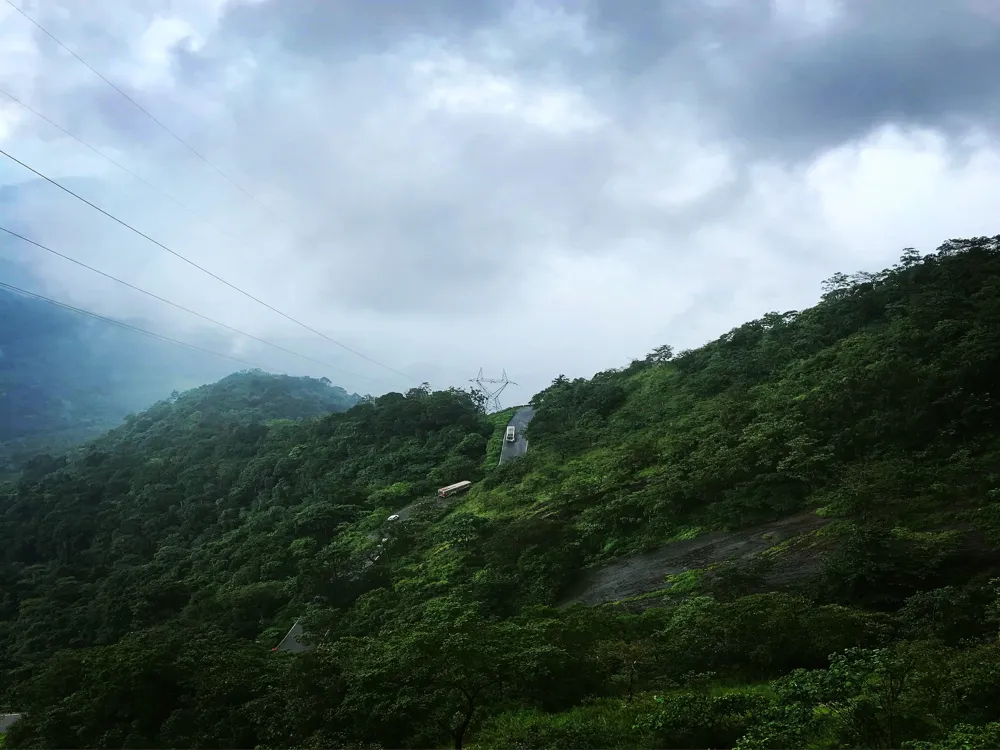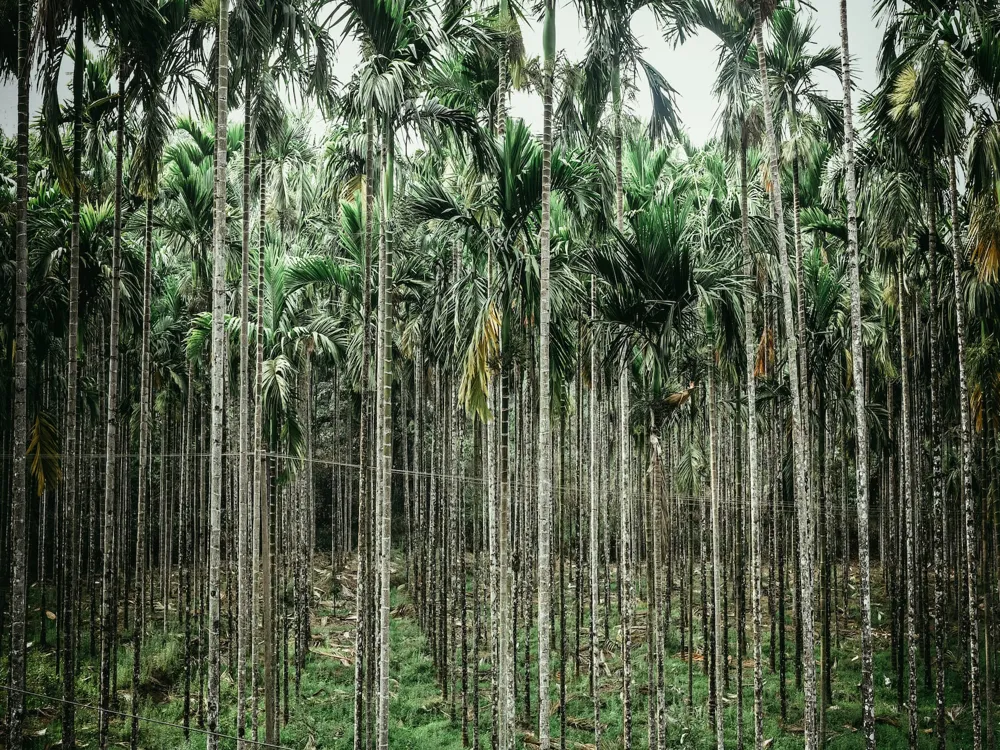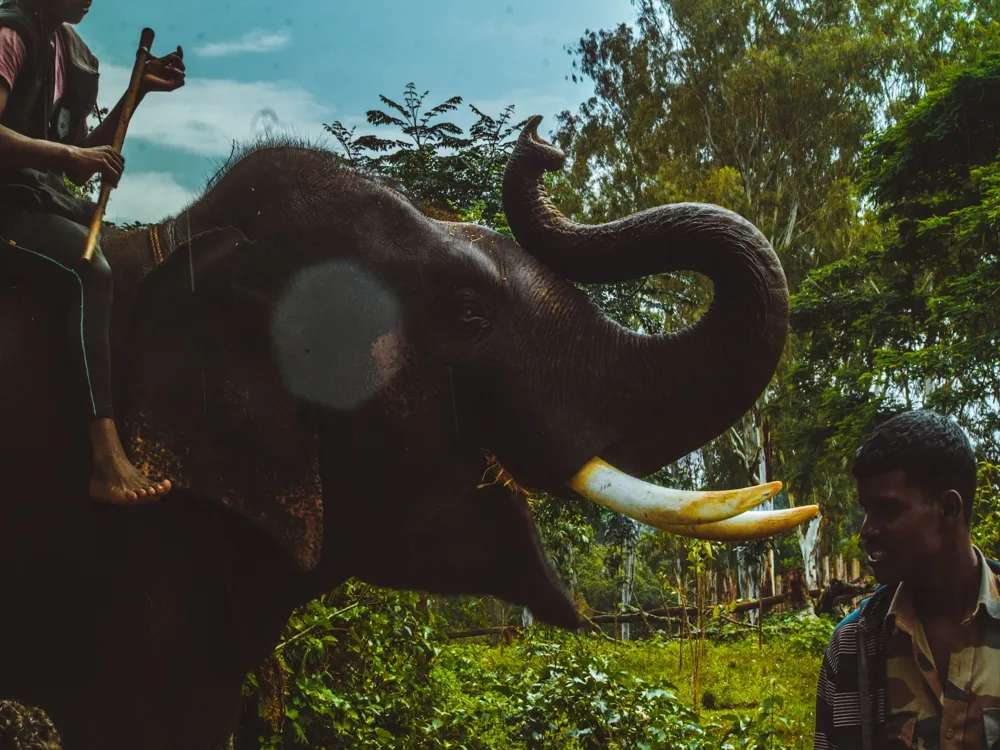Nestled in the serene landscapes of Karnataka, the Koramangala Temple stands as a testament to the rich cultural and architectural heritage of India. Located in the Hassan district of Karnataka, this temple is not just a religious site but also a beacon of historical and architectural significance. Dating back to the Hoysala period, the Koramangala Temple is renowned for its intricate carvings, detailed sculptures, and unique design, making it a must-visit destination for history enthusiasts, art lovers, and spiritual seekers alike. The temple's history is steeped in legends and lore, resonating with tales of ancient kings and divine interventions. Built during the reign of the Hoysala Empire, which is known for its contribution to art and architecture, the Koramangala Temple serves as a splendid example of Hoysala architecture. The temple complex comprises several shrines dedicated to various deities, with the main shrine being devoted to Lord Shiva. Over the years, it has attracted pilgrims and tourists from all over the world, drawn by its spiritual aura and architectural grandeur. The temple's location in Hassan adds to its allure, as the district is famous for its historical sites, pleasant climate, and lush green surroundings. The Koramangala Temple is not just a place of worship but also a symbol of the artistic and spiritual legacy of Karnataka. Its tranquil environment offers a perfect retreat for those seeking peace and introspection. The temple's rustic charm, coupled with its historical significance, makes it a jewel in the crown of Karnataka's cultural heritage. The architecture of the Koravangala Temple is a splendid example of the Hoysala architectural style, which flourished in South India during the 12th and 13th centuries. This style is characterized by its intricate detail, sophisticated design, and the use of soapstone, a material that lends itself well to detailed carving. The temple stands as a remarkable piece of art, showcasing the ingenuity and skill of ancient Indian craftsmen. The temple's layout follows a trikuta (three-shrined) plan, typical of Hoysala architecture, with each shrine crowned by a distinctively shaped vimana (tower). These towers are adorned with ornate sculptures and friezes depicting scenes from Hindu mythology. The remarkable feature of these towers is their star-shaped design, a hallmark of Hoysala temples, which adds a unique dimension to the temple's aesthetic appeal. The walls of the Koravangala Temple are covered with an array of sculptures and bas-reliefs, featuring gods, goddesses, mythological creatures, and scenes from epic tales like the Ramayana and the Mahabharata. The attention to detail in these carvings is astounding, with each figure displaying distinct facial expressions and intricate adornments. The temple also features a grand mandapa (hall), supported by elaborately carved pillars, each telling a different story through its sculptures. The temple's interior is equally impressive, with its sanctum sanctorum housing the deity. The inner sanctum is designed to allow natural light to illuminate the deity's idol, creating an ethereal atmosphere during sunrise and sunset. The use of geometry and symmetry in the temple's design is not just aesthetically pleasing but also bears a deep spiritual significance, symbolizing the universe and its divine order. The fusion of artistic mastery and spiritual symbolism in the architecture of the Koravangala Temple makes it a masterpiece of Hoysala craftsmanship. It represents a golden era of Indian architecture, where every stone tells a story, and every sculpture speaks of devotion and skill. The temple is not just a structure; it's a canvas that captures the essence of an entire civilization. Visitors should dress modestly, covering shoulders and knees, as a sign of respect for the temple's religious significance. While photography may be allowed in certain areas, it's important to check for any restrictions, especially inside the sanctum sanctorum. Opting for a guided tour can enhance the experience, providing insights into the temple's history and architecture. Being aware of and respecting local customs, such as removing footwear before entering the temple, is crucial. The temple is best visited during the cooler months, from October to March, to avoid the harsh summer heat. Reaching Koravangala Temple is convenient, as it is well-connected by road and is easily accessible from major cities in Karnataka. The nearest major city is Hassan, which is well connected by road and rail to various parts of Karnataka and neighboring states. From Hassan, visitors can hire taxis or take local buses to reach the temple. For those traveling by air, the nearest airport is Bangalore, from which one can take a bus or train to Hassan and then proceed to the temple. The journey to the temple is not just a travel experience but a passage through the rich tapestry of Karnataka's history and natural beauty. Read More:Overview of Koramangala Temple, Hassan, Karnataka
Architecture of Koravangala Temple
Tips When Visiting Koravangala Temple
Dress Appropriately
Photography Guidelines
Guided Tours
Local Customs and Traditions
Best Time to Visit
How To Reach Koravangala Temple
Koravangala Temple
Hassan
Karnataka
NaN onwards
View hassan Packages
Hassan Travel Packages
View All Packages For Hassan
Top Hotel Collections for Hassan

Private Pool

Luxury Hotels

5-Star Hotels

Pet Friendly
Top Hotels Near Hassan
Other Top Ranking Places In Hassan
View All Places To Visit In hassan
View hassan Packages
Hassan Travel Packages
View All Packages For Hassan
Top Hotel Collections for Hassan

Private Pool

Luxury Hotels

5-Star Hotels

Pet Friendly







